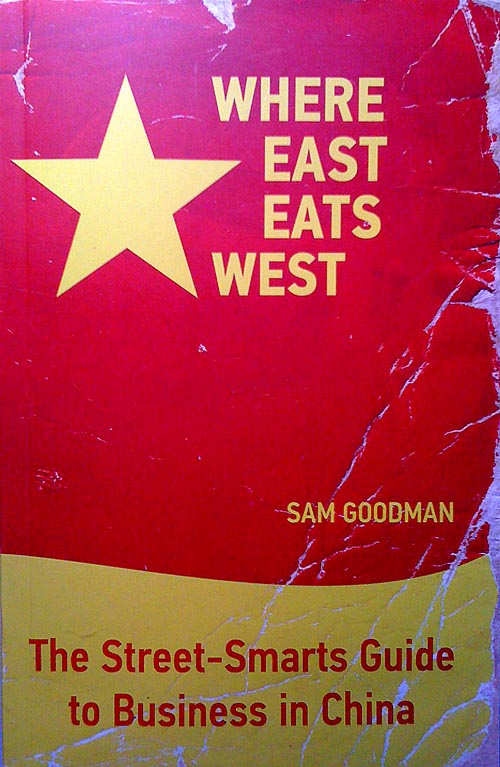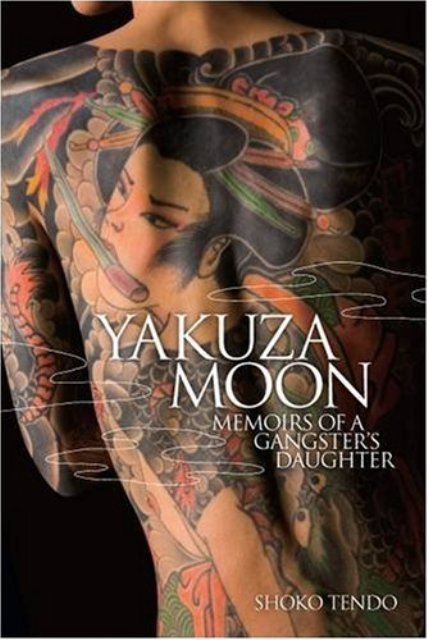Tokyo Vice : An American Reporter On The Police Beat In Japan by Jake Adelstein (Pantheon Books)
“Either erase the story, or we’ll erase you. And maybe your family. But we’ll do them first, so you learn your lesson before you die.” An ominous beginning to a true story told by an American reporter who worked the crime beat for one of Japan’s best known newspapers – the Yomiuri Shinbun (the Japanese paper, not its English- language equivalent) which has a circulation of more than ten million a day.
The man who threatened him was a yakuza enforcer whose boss was Tadamasa Goto – a leader of the notorious yakuza gang, the Goto Gumi--and the subject of a story Adelstein was working on. The yakuza boss had gotten a liver transplant at the Dumont-UCLA Liver Cancer Center for which Goto allegedly spent nearly a million US dollars. Some say the amount was actually three million and that some of the money was sent from Japan to the US through a casino in Las Vegas.
Tokyo Vice
What made this a scoop to Adelstein was the question of how the man was able to get into the States. He was on the watch list of U.S. Customs and Immigration, the FBI, and the DEA. He was blacklisted – he should not have been able to set foot in the country. And how did he become a priority for a liver transplant?
However given an ultimatum by Goto’s enforcer, Adelstein chose the path most of us would probably have also taken – he did not report the story. Unfortunately, this decision would come back to haunt him.
There are a lot of books about Japan’s mafia – the yakuza, written by former yakuza members and people who have infiltrated the various gangs, including Yakuza Moon, written by the daughter of a former yakuza boss. But Adelstein’s book isn’t just about the yakuza – it’s about the underside of Tokyo, in which the yakuza play a big part. It’s about the Tokyo you won’t read about in any guide books. It’s about the seamier side of life in one of the world’s biggest metropolis.
Adelstein takes us on his journey from becoming a student at Sophia (Joichi) University, to extending his studies of the Japanese language, to taking the “entrance exam” for the Yomiuri Shinbun, which is “kind of a newspaper SAT”. “If your score is high enough, you get an interview, and then another, and then another. If you do well enough in your interviews, and if your interviewers like you, then you might get a job promise.” Not only did Adelstein do well and pass all his interviews, apparently his interviewers liked him and told him to report for duty the following month or so.
As a cub reporter, Adelstein is first sent to Saitama Prefecture which people jokingly refer to as the New Jersey of Japan. As he works closely with the police, he gets his feet wet by working on stories such as a juvenile using a bestselling book titled “The Perfect Manual of Suicide” for its intended purpose, a murder case of a snack-mama in Chichibu, and another murder case by a dog breeder in Saitama. Finally, Adelstein gets transferred back to Tokyo, to Shinjuku Ward’s Kabukicho District – the Red Light Area of Tokyo where he is to work with the Tokyo Police Vice Squad.
The cases he writes about while working in Shinjuku make his Saitama stories seem mild in comparison. One of his biggest news pieces was the Lucy Blackman story, a foreign woman who was raped and dismembered with her body parts hidden in a cave. He also wrote about the ATM thefts where the criminals would use a truck and a jackhammer and take out the entire machine in just a few minutes. But when Adelstein uncovers the story of the nearly impotent Japanese government not doing anything about human trafficking, the book really picks up steam and reads like a non-stop thriller.
Although Japan is still safer than most countries in my opinion, it is not totally devoid of violence and crime. And one cannot really tell the difference between a yakuza and a hard-working salaryman as the yakuza also have their hand in a lot of legitimate businesses. It still amazes me that the yakuza can have their own businesses when the police know they’re guilty of racketeering, loan-sharking, human-trafficking, extortion and other crimes. But still I love living in my adopted country.--Review written by Ernie Hoyt


















